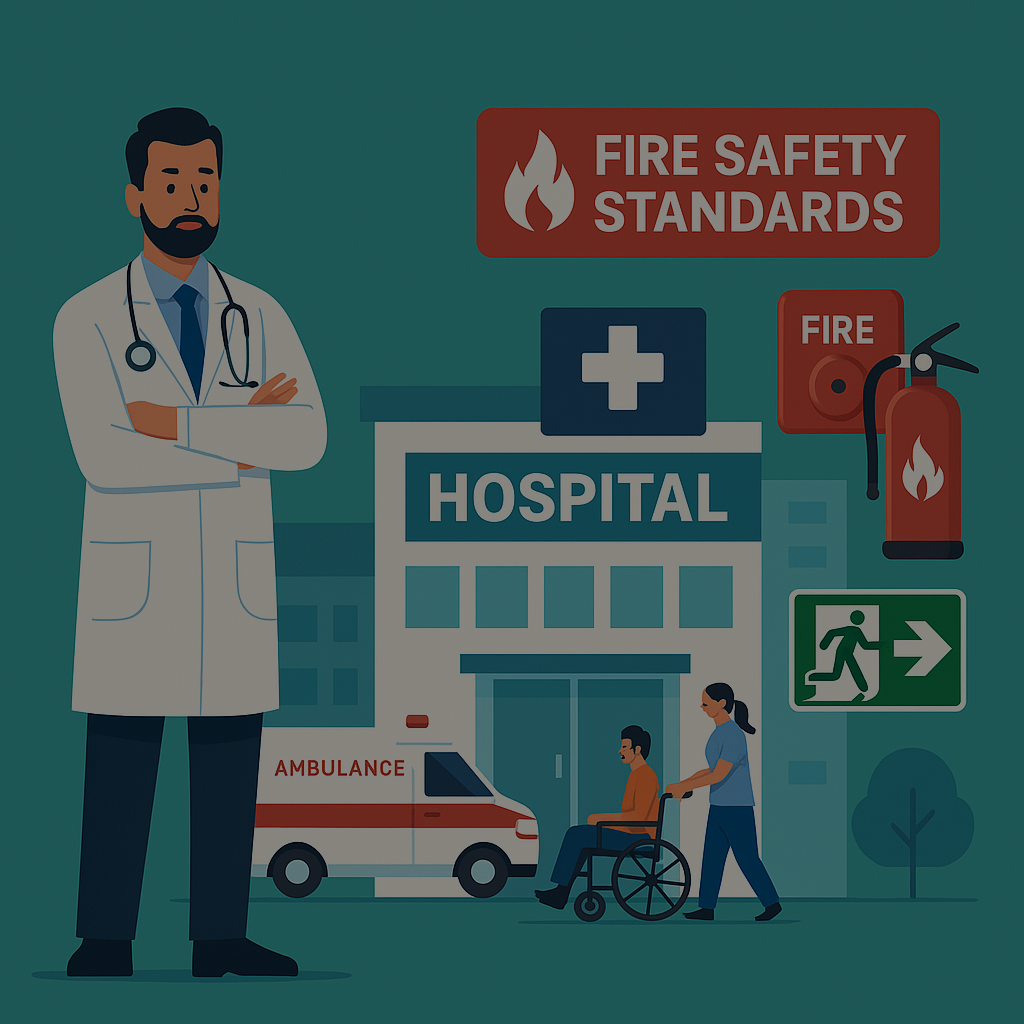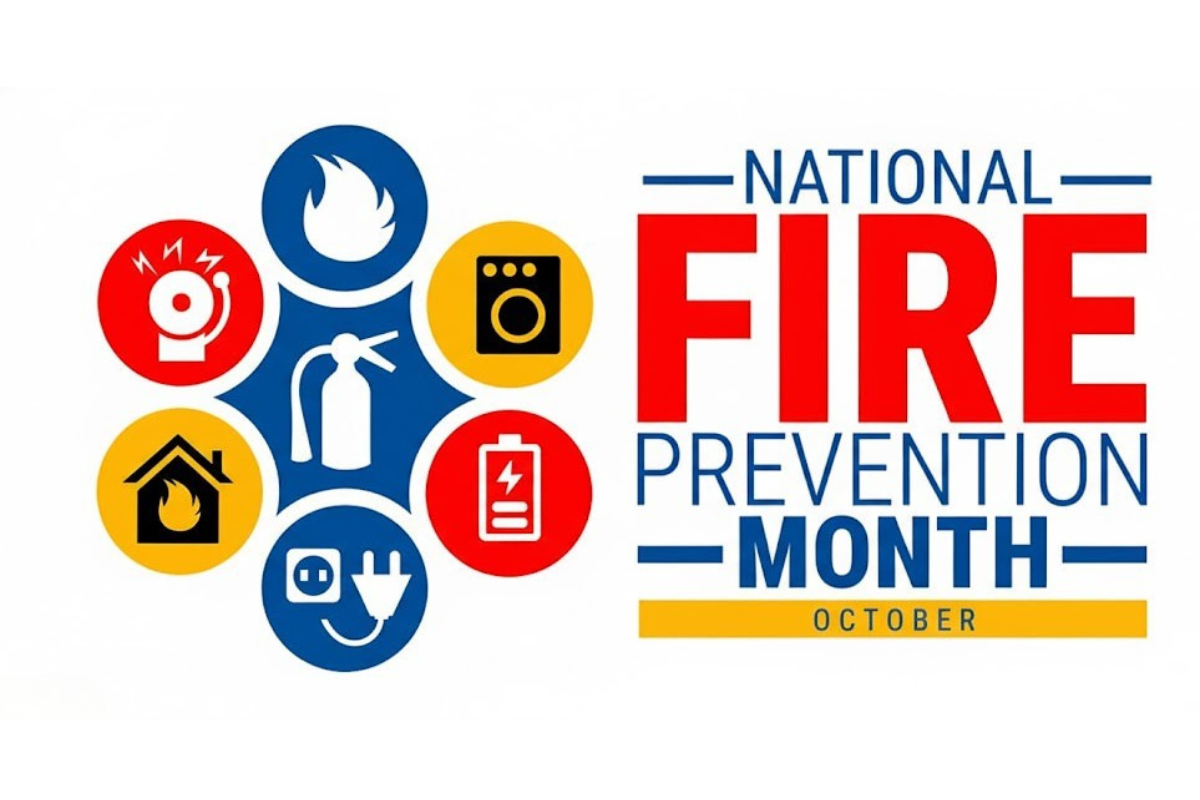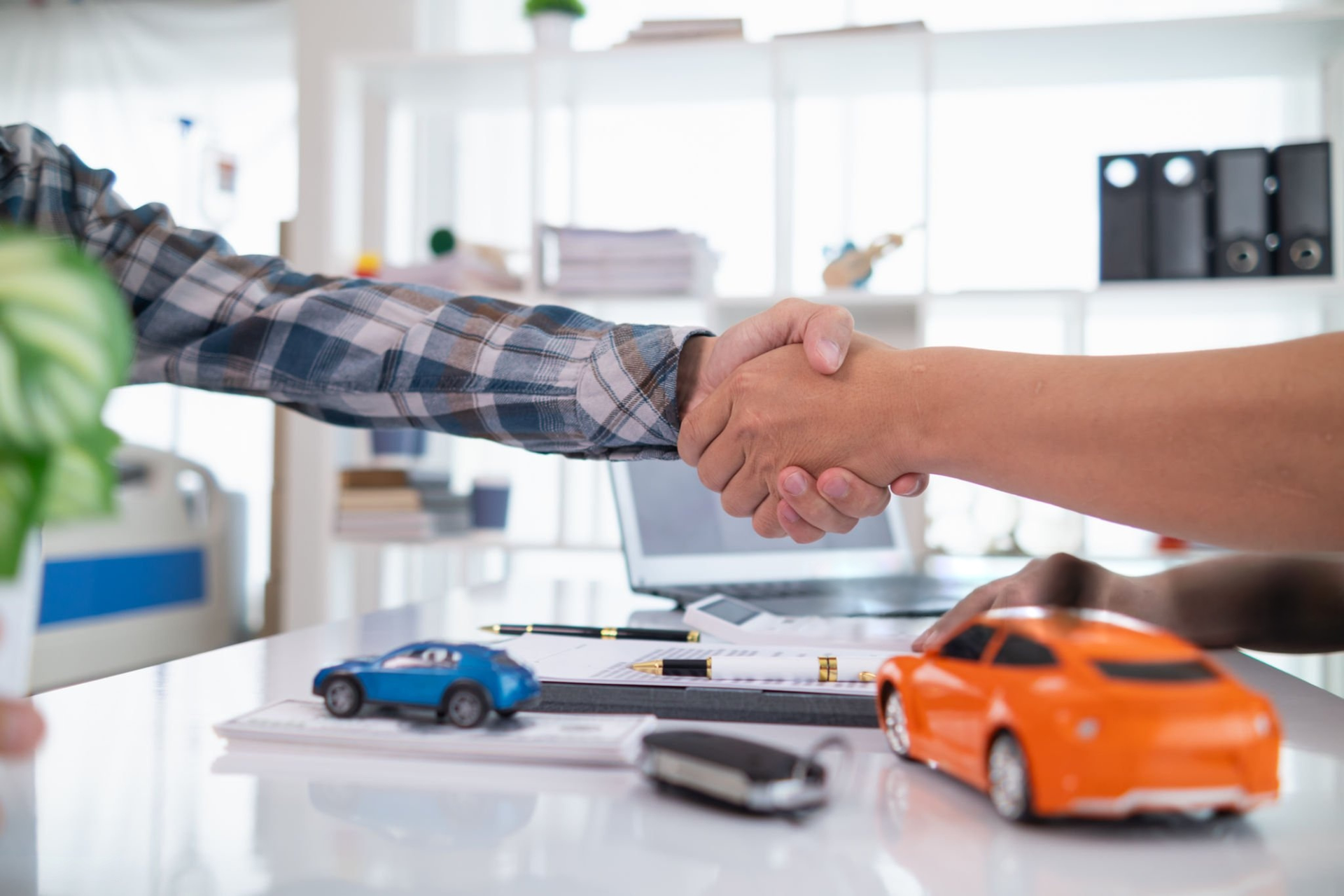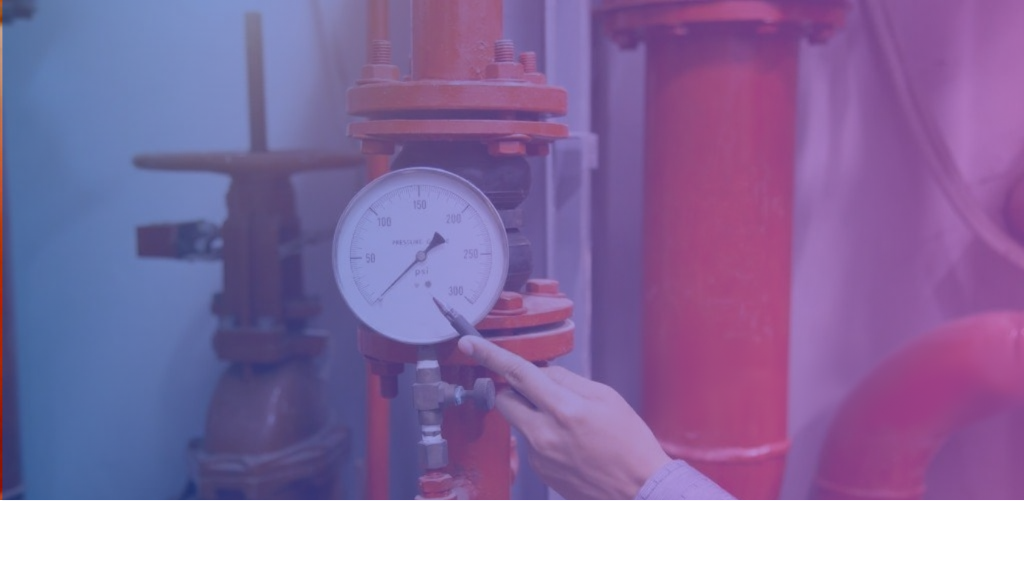Top 7 Fire Compliance Mistakes in Healthcare Facilities — And How to Avoid Them

Real-World Example: Brockton Hospital Fire – February 2023 (Massachusetts, USA)
On February 7, 2023, a major fire broke out at Brockton Hospital in Massachusetts. It started in the hospital's transformer room, leading to a complete power outage and the emergency evacuation of 160 patients. All elective surgeries were canceled through the week, and the hospital temporarily closed to assess safety and restore operations.
What Went Wrong:
- Electrical Infrastructure Failure: The transformer room was the origin of the fire—suggesting gaps in inspection or aging systems.
- Disrupted Continuity of Care: Surgeries and patient services were halted.
- Emergency Preparedness Challenges: The scale of evacuation showed the importance of drill-readiness and interdepartmental coordination.
This case underscores that fire safety isn’t just about code compliance—it's about operational survival and patient safety【AP News】.
The 7 Most Common Fire Compliance Mistakes (And Simple Fixes)
1. Skipping Fire Alarm System Testing
- Why It Matters: Alarms may fail during real emergencies if not tested regularly.
- Solution: Stick to a strict testing calendar that includes quarterly and annual checks.
2. Outdated or Blocked Fire Sprinkler Heads
- Why It Matters: Sprinklers may be painted over or blocked, making them ineffective during a fire.
- Solution: Perform regular visual inspections and ensure sprinkler clearance.
3. Missing Fire Extinguisher Inspections
- Why It Matters: Expired or inactive extinguishers can cause legal issues and safety failures.
- Solution: Ensure monthly visual checks and annual servicing.
4. Fire Doors Don’t Close or Seal Properly
- Why It Matters: Fire and smoke can spread rapidly through unsecured doors, especially in ICU and surgery areas.
- Solution: Perform regular checks to confirm that doors latch and seal correctly.
5. Emergency Lights and Exit Signs Not Tested
- Why It Matters: In power outages, patients and staff may be unable to navigate to safety.
- Solution: Run 30-second monthly and 90-minute annual emergency lighting tests.
6. No Centralized Compliance Records
- Why It Matters: During audits, scattered or missing records make it hard to prove compliance—even if systems are up to date.
- Solution: Use a centralized, cloud-based record system to store inspection logs and certifications.
7. Untrained Staff During Fire Drills
- Why It Matters: If staff don’t know their roles during a fire, evacuation becomes chaotic and dangerous.
- Solution: Schedule regular fire drills and assign clear responsibilities to all departments
How Fire Testing Solutions Can Help
At Fire Testing Solutions, we specialize in supporting healthcare environments across Southern California. Our approach includes:
✅ Minimal disruption to patient care
✅ Full compliance with
NFPA 101,
NFPA 99,
CMS, and
Joint Commission standards
✅ Fire system inspections tailored to high-risk zones like ICUs and surgical areas
✅ Centralized digital reporting for easy audits
✅ Expert support for evacuation planning and fire drills
We help you move from
reactive to
proactive fire safety—before it becomes a crisis.
Final Thoughts
Brockton Hospital’s experience is a wake-up call for all medical facilities.
Fire safety isn’t just a box to check—it’s a system that needs constant attention, trained staff, reliable equipment, and a plan that works when the power doesn’t.
Every one of these 7 common mistakes is preventable. All it takes is awareness, routine, and the right partner.
Need help reviewing your current fire safety readiness?
We offer
free fire compliance evaluations
for hospitals and clinics in
Southern California.










